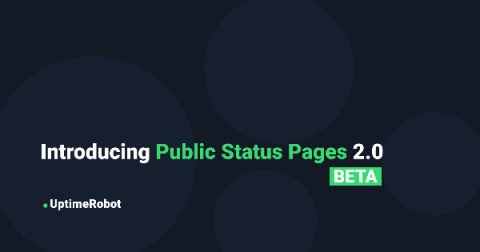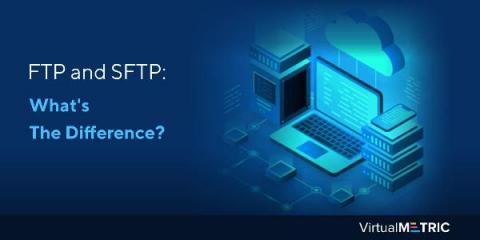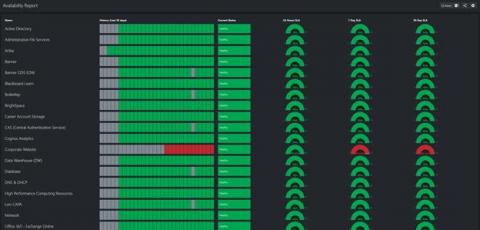Operations | Monitoring | ITSM | DevOps | Cloud
Latest News
StatsD: What Is It and How To Monitor It
StatsD is among the most popular monitoring solutions used to instrument code with the help of custom metrics. It has become very popular over the course of the last few years and emerged as the industry standard for open source inside-the-app monitoring. It has a host of advantageous features that makes it perfect for application performance measurements.
The future of cloud infrastructure: serverless meets storageless
Over the past 15 years, application architectures have evolved dramatically, from bare metal servers to virtualization technology, to elastic compute, auto scaling and containers. Recently, we’ve seen another shift to the serverless paradigm, where even the operating system is abstracted from developers and ops teams. Customers want fully-managed compute, but still want to use their existing application development tools and pipelines.
How to find Azure BLOB files that haven't been accessed
Azure storage has provided companies with a way to store almost limitless amount of data. But just like kids in a candy store this can get out of hand, and expensive. Being able to store as much data as you want is great, however it is something that can grow to a point where you are spending more on storage than you actually need.
Accelerate Your APIs by Using the HAProxy Cache
The age of rendering most of a web page’s contents on the server and then delivering it as a colossal HTML file is fading into the past. Modern web frameworks like Angular, React, and Vue push towards creating components instead—individual elements on the page that fetch their data in the background and poll for asynchronous updates—which can be reused across your site.
Introducing Public Status Pages 2.0!
As promised in our latest update in June, we have prepared the new public status pages. We’ll deploy them after this beta period so your feedback will be much appreciated! What’s new, how does it look and how can you use it?
Understanding and mitigating CVE-2020-8566: Ceph cluster admin credentials leaks in kube-controller-manager log
While auditing the Kubernetes source code, I recently discovered an issue (CVE-2020-8566) in Kubernetes that may cause sensitive data leakage. You would be affected by CVE-2020-8566 if you created a Kubernetes cluster using ceph cluster as storage class, with logging level set to four or above in kube-controller-manager. In that case, your ceph user credentials will be leaked in the cloud-controller-manager‘s log.
3 secrets of professional hackers your software team needs to know about
FTP and SFTP: What's The Difference?
In the Information Age, data is currency. Controlling the flow of information and more importantly, protecting it has increasingly become a focal point for companies who want to remain competitive in modern markets. Improving data efficiency, integrity, and security is often how companies separate themselves from their peers. We present two of the most common methods for data transfers: FTP and SFTP.
Communicate with Service Status Messaging
Sometimes an organization gets bogged down with the details. It happens. You have all of this fantastic data in SCOM, and you’re trying to share it, but your users don’t care. That’s not true. They care, but what they don’t care about is the server. To put it another way, they care if the service or application they depend on is working. But here’s the catch, you can’t do this in SCOM.











